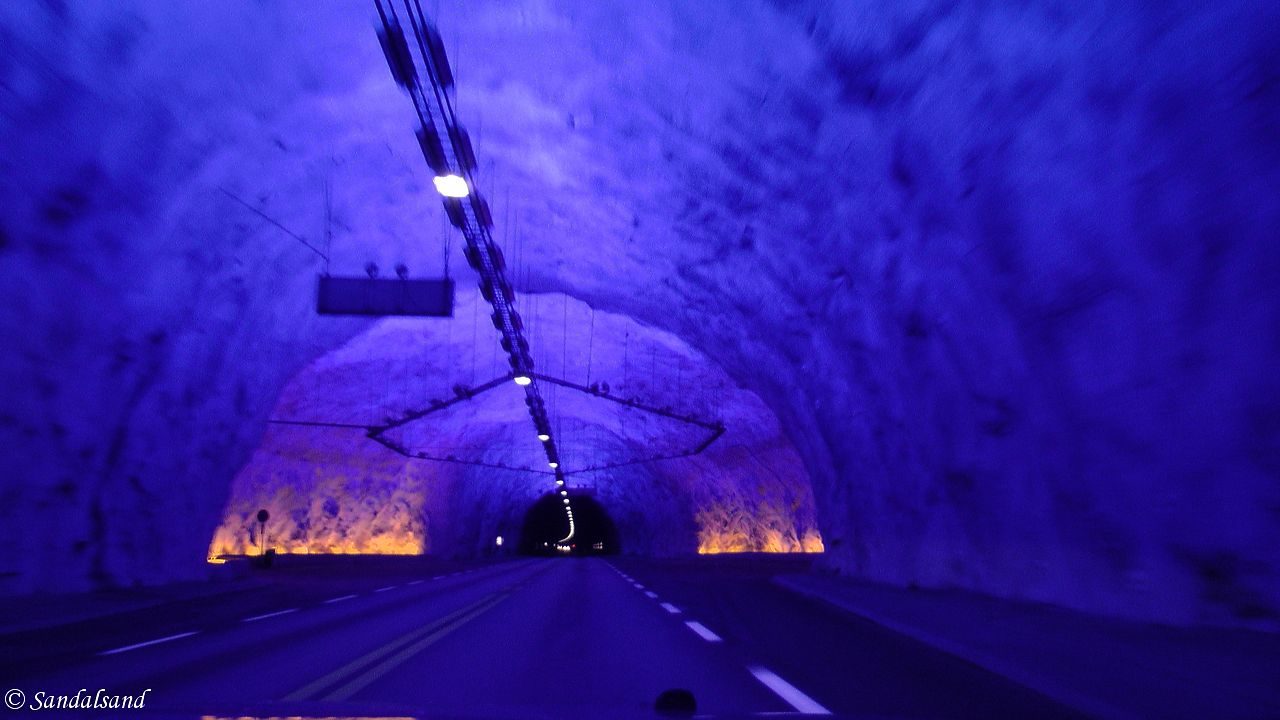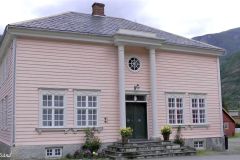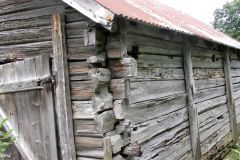In the early morning we set out on a four day road trip of Western Norway – The Fjord Country. We were going to visit two of the largest fjords, the Sognefjord and the Hardangerfjord, and also one of the most famous. The Nærøyfjord has its name on the prestigious World Heritage List. This first leg goes from Stavanger to Lærdal.
Fast forward to Voss
We departed Stavanger, the second largest town on the west coast, in the direction of Bergen, the largest. As we are living in Stavanger and were quite familiar in Bergen as well, we just followed the coastline north for a few hours. After relaxing on the two remaining ferries on this stretch, but by far the only ones on this trip, we turned the car inland from Bergen.
We passed places where there is hardly any sun even in summer, and not only because of the typical wet and cloudy climate. The narrow valleys are surrounded by sky-high mountains looming over the small villages and hamlets leaving them in almost eternal darkness. One may wonder what made people settle here in the first place, and why the local communities are still seemingly alive and vibrant.
After a few hours the landscape opened up and we drove along a large lake to Vossevangen, or simply Voss. This town has been a ski resort for decades fostering many names succeeding on the international sports scene. It has for centuries been a nave for all sorts of Western Norwegian culture (food, music, dance and so on). And it is strategically located on the east-west road and rail links in the country, as well as on the north-south axis in the interior of the Fjord Country. The main hotel is full of history, and visiting tourists alike.
Youths on motorcycles and styled cars were roaming the streets and frequenting the fast food restaurants in a seemingly (not so) silent protest to all the old traditions this town and area is so full of.
Our map
This is the map of our trip from Stavanger to Lærdal and onward into the fjords. Zoom in and out and expand to a new tab as you like. This leg from Stavanger to Lærdal is marked green.
Stalheim
With a few hours more to go this day we pressed on through Voss and followed the national road E16 onwards to Stalheim. The hotel in that valley describes itself like this:
“The beautiful view over the Nærøy Valley, from Stalheim Hotel, has for nearly 200 years been one of the highlights in many a traveller’s visit to Western Norway. Many artists, painters and poets, both famous and not so famous, have through the years found inspiration to great works of art in this dramatic but at the same time harmonic landscape …”
This sales pitch is actually correct.
From the early 19th century Stalheim built a reputation among foreign and national tourists alike. In the middle of that century a number of painters came here as well, getting inspiration from the view and transforming it into masterpieces of art aimed at boosting national self-confidence and making the groundwork for the national romanticist movement that in political terms resulted in an independent country in 1905. The most famous painting was made by JC Dahl in 1842, simply called “From Stalheim“. (Another link to a hi-res picture on Google Art Project.)
My picture below is more photographically correct, but far less romantic I’m afraid.
The hotel is even today a place to stop and rest for tourists. We heard American accents and we noticed a busload of Chinese. For our part we had a good late lunch and enjoyed the great view from the edge of a steep cliff right by the hotel.
From Stalheim and through very long tunnels
Leaving the hotel we naturally decided to skip the easy way down the valley (tunnel) and instead drove onto the narrow, one-way old road from the 1840s. At that time it was an engineering achievement, today it continues to give you the shivers twisting its way down a ridge in 14 hairpin curves with waterfalls on either side.
The Nærøy Valley deep down below certainly has a river. It empties itself in the Nærøy Fjord at the village called Gudvangen. In the old days this was as far as the road would take you. From here one was obliged to either climb over the high mountains or take a ship out the fjord that has been designated as one of two best examples of West Norwegian fjords on the UNESCO World Heritage List.
We would be returning on a ship the length of that fjord two days later so we merely turned the car into one of the world’s longest road tunnels. The 11,428 metres make the Gudvangen Tunnel Norway’s second longest. Driving a car in good speed through this tunnel you should definitely be controlling any claustrophobic tendencies you might have.
Flåm
If you do have them, you are up to an even bigger challenge when you emerge from the Gudvangen Tunnel. On the other side is Flåm, yet a small village on the end of a fjord. Flåm is found on the itinerary of many tourists visiting Norway, as it is a popular stop on the “Norway in a Nutshell” roundtrip. To be fair, that roundtrip exists in a couple of varieties. One is to take the train between Oslo and Bergen and get off at Myrdal. From here there is a highly fascinating 20 km railway line connecting with Flåm. It boasts being one of the world’s steepest railways. Another “Nutshell” trip is to take a combined boat-(bus)-train trip to and from Bergen.
Anyway, we had been here before and were going from Stavanger to Lærdal. We passed right through Flåm into the 24,509 metre (15.2 miles) long Lærdal Tunnel. This is the world’s longest road tunnel. The tunnel has three large caves bathed in blue light to ease the monotony of driving through it. They are highly fascinating and have even been the location of a wedding ceremony or two.
Western Norway has gradually been turning into a Swiss cheese. (A Norwegian parallel would be the Jarlsberg cheese.) This term is meant to point to the fact that a large number of tunnels have been built over the years to evade ferry and mountain crossings. This is of course much to the dismay of tourists who love them. The need to transport goods and locals has obviously made such a development inevitable. The good thing is that many mountain crossings are being maintained and open for the public in the summer months.
Roads to Lærdalsøyri
We could have taken the mountain route to Lærdal; it is supposed to be scenic. On the other hand we had been quite a few hours on the road this day, and we wanted to arrive at Lærdalsøyri for our first night before it got too late.
We were glad we did. Lærdalsøyri turned out to be very photogenic. That’s the subject of my next chapter.
Read more
This road trip is described in a series of blog entries:
(1) – Stavanger to Lærdal
NEXT: (2) – Lærdalsøyri
(3) – Solvorn
(4) – Nærøyfjorden
(5) – Vøringsfossen and Hardanger
There are many more relevant articles on this blog. Read my introduction to Western Norway, the fjord country. These posts all have videos describing them in more detail. The videos are collected in a Norway playlist on my YouTube channel.




